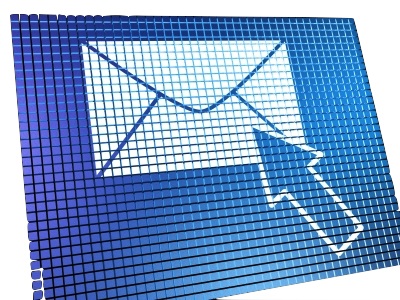Getting better at email: What the research tells us

As important as email is in our daily lives, many of us are not as effective at it as we would like to believe. However, putting a little extra thought into your messages can help increase efficiency and reduce frustration for yourself and the people you’re trying to communicate with – something all of us can appreciate. Research from Carnegie Mellon University shows us that emails that can be easily addressed are those that people are most likely to respond.
Wharton professor Adam Grant created a six-point checklist entitled “Ways to Get Me to Email You Back,” based on his experience and studies. The six points and some examples are listed below.
[note color=”#B6D6F0″]- • Perfect the subject line
- Example: “Response Requested…”
- • Tell them why you chose them
- Example: “Because you have such vast financial expertise, I would greatly appreciate your feedback on these reports related to…”
- • Show that you’ve done your homework
- Example: “Based on the article you wrote about your experience with Client ABC, I think we could use the three best practices highlighted to…”
- • Highlight uncommon commonalities
- Example: “I see that you, like me, are also a part-time magician…”
- • Make your request specific, and keep it short and sweet
- Example: “What is the most exciting project you’ve contributed to during your time at XYZ Inc.?
- • Express gratitude
- Example: “Thank you so much! I am really grateful for your response.”
Have any of these tips worked for you? Have you found yourself replying quickly to an email because it used one of these techniques? Share it with us on LinkedIn!
For the full article and the interesting stories behind each of these points, please see the original post.